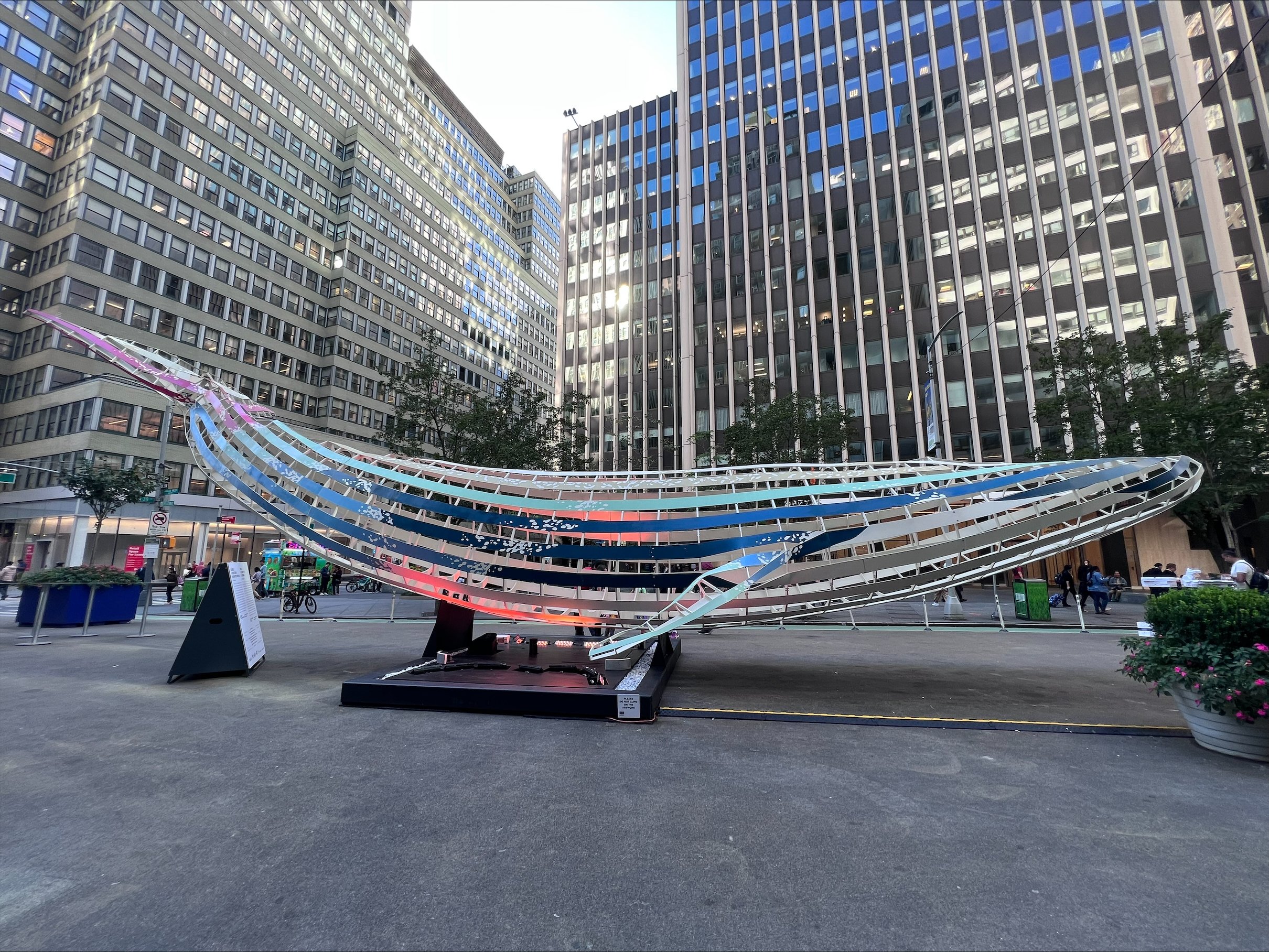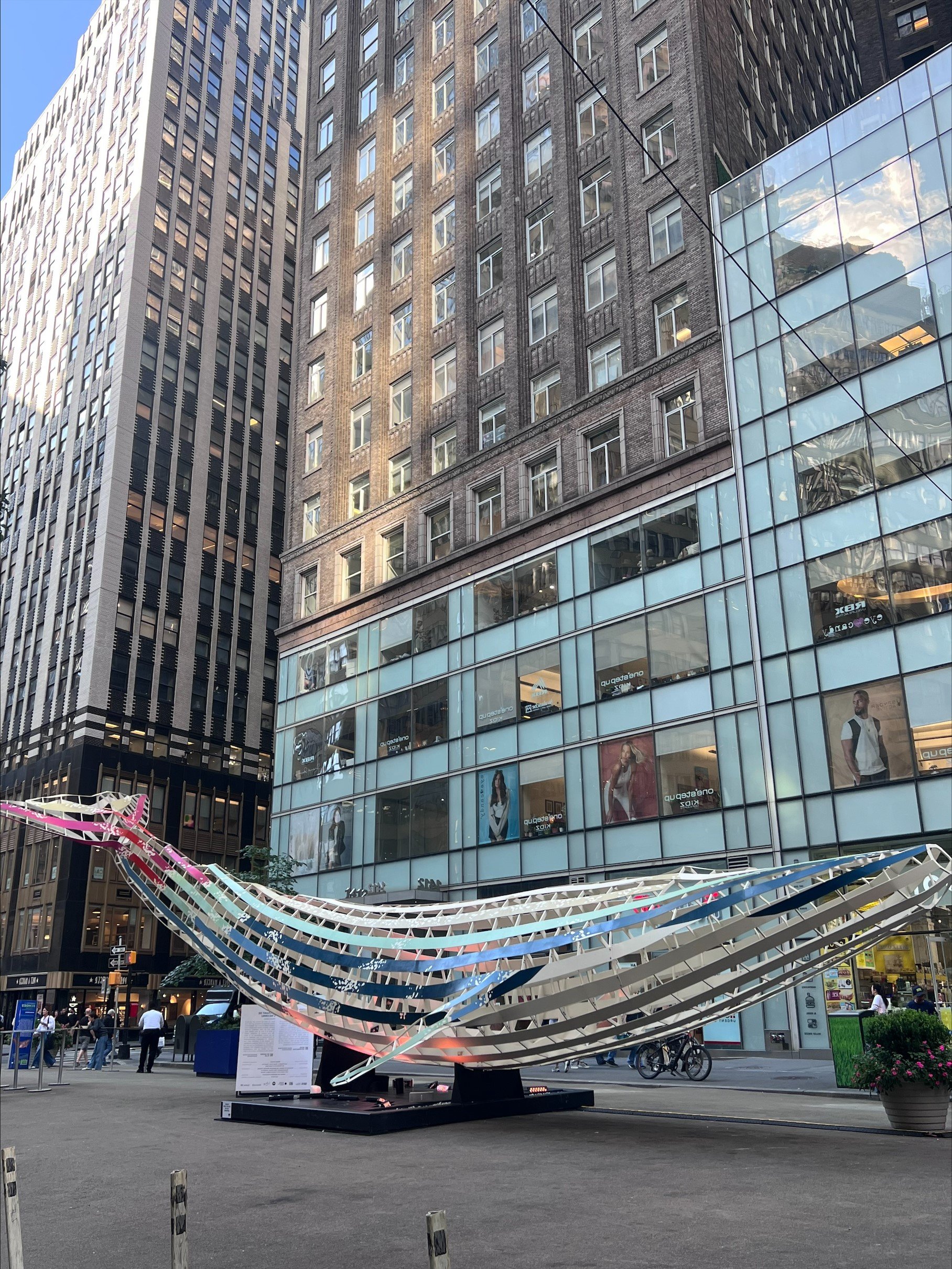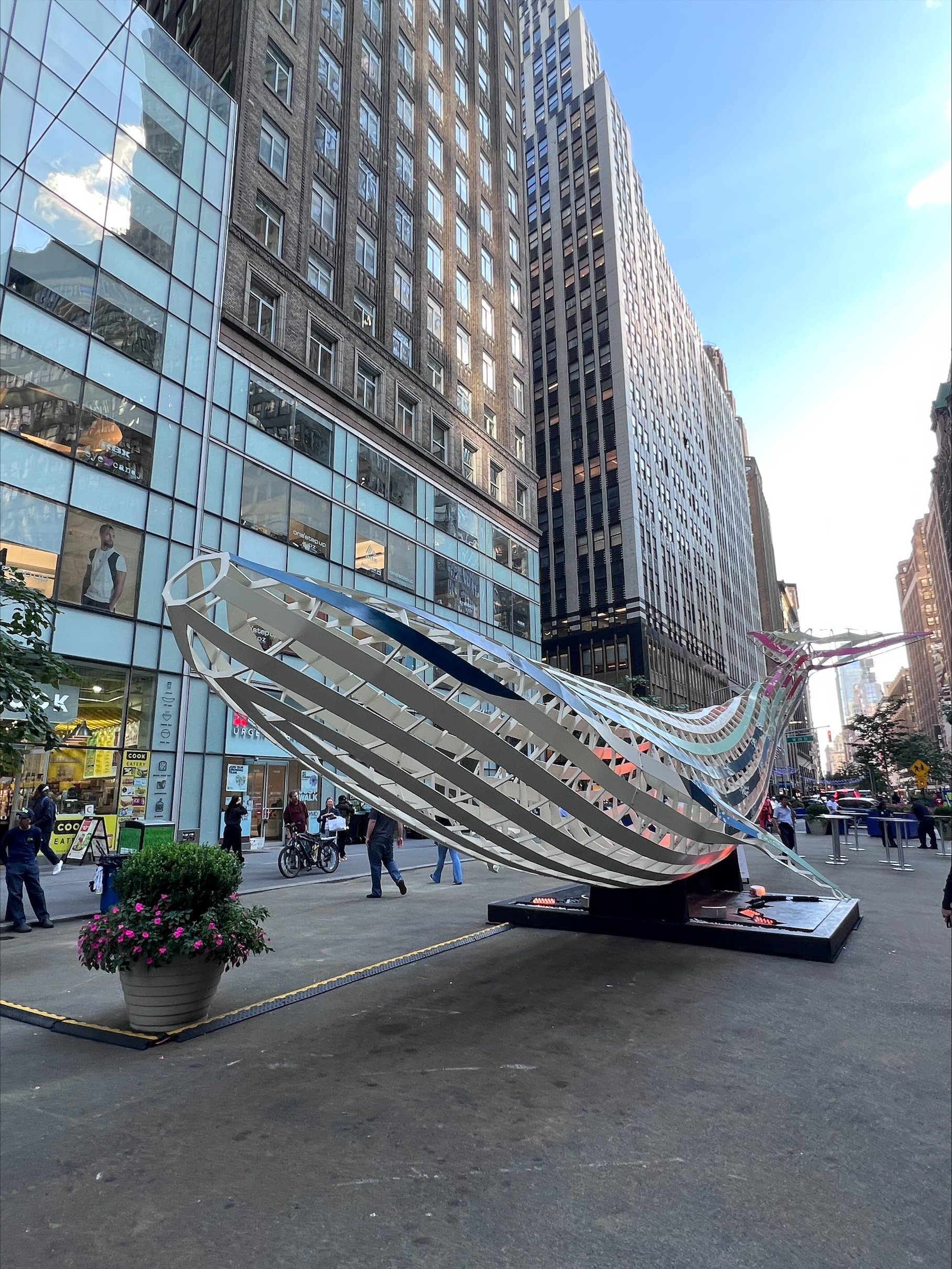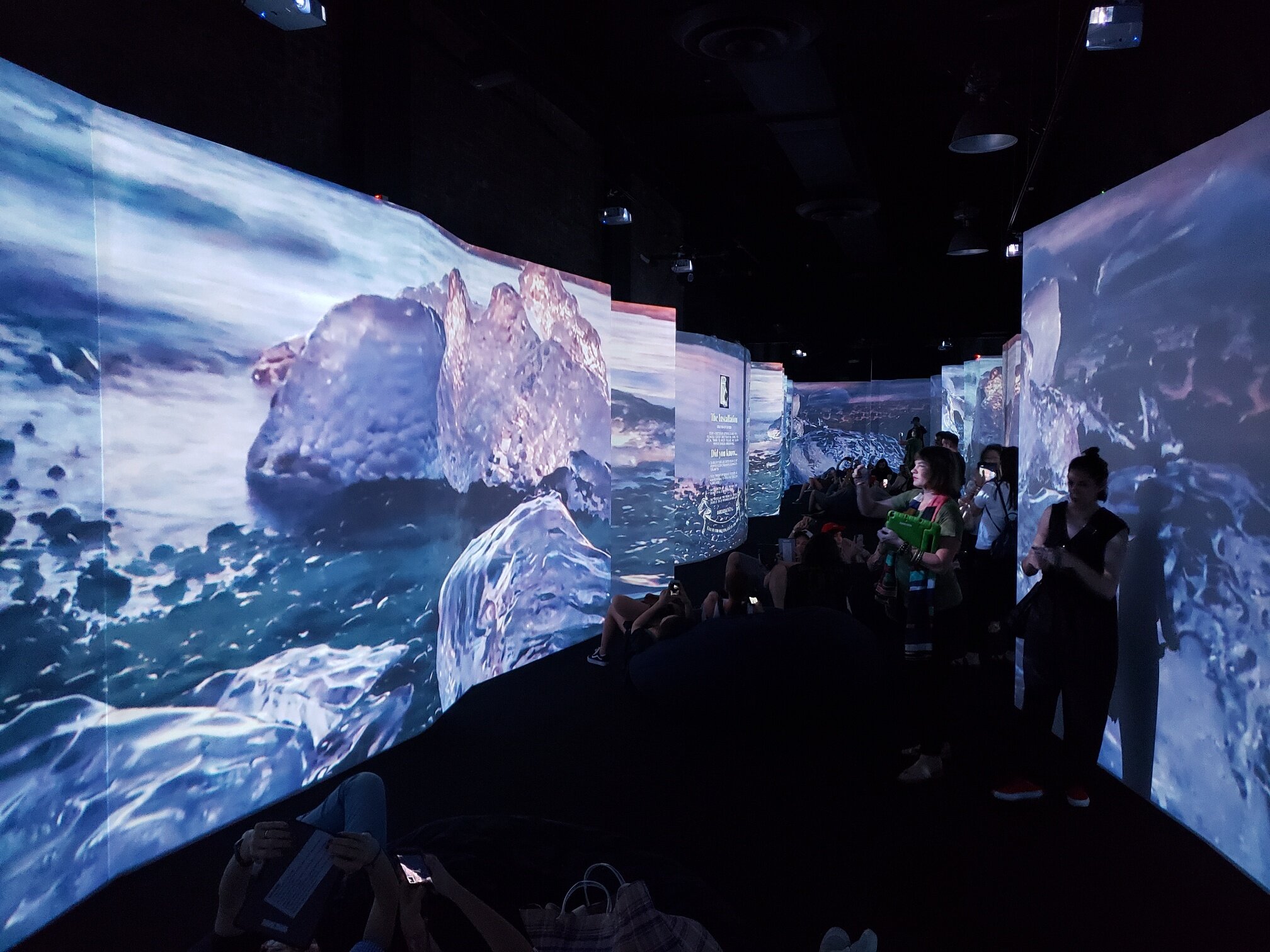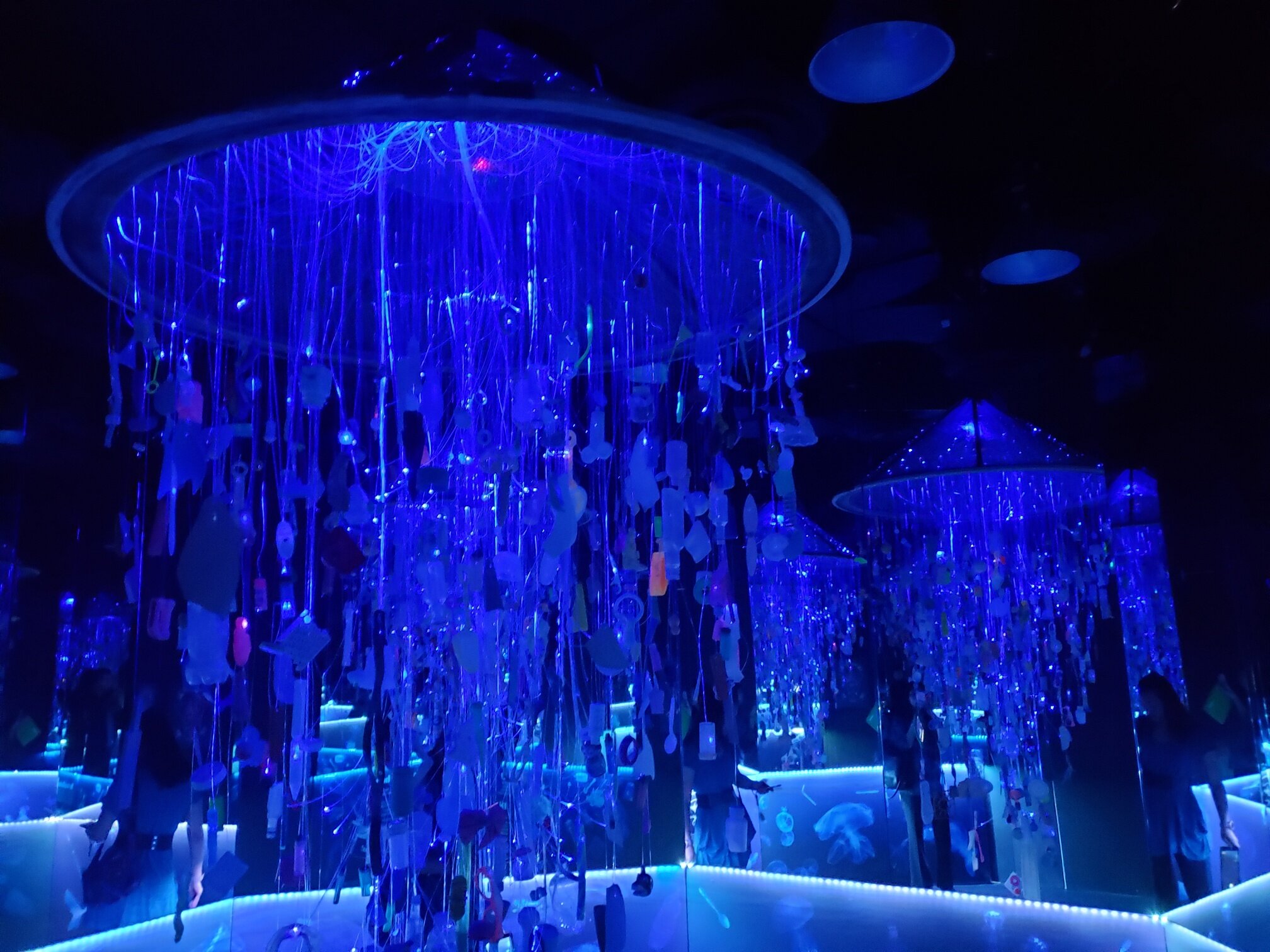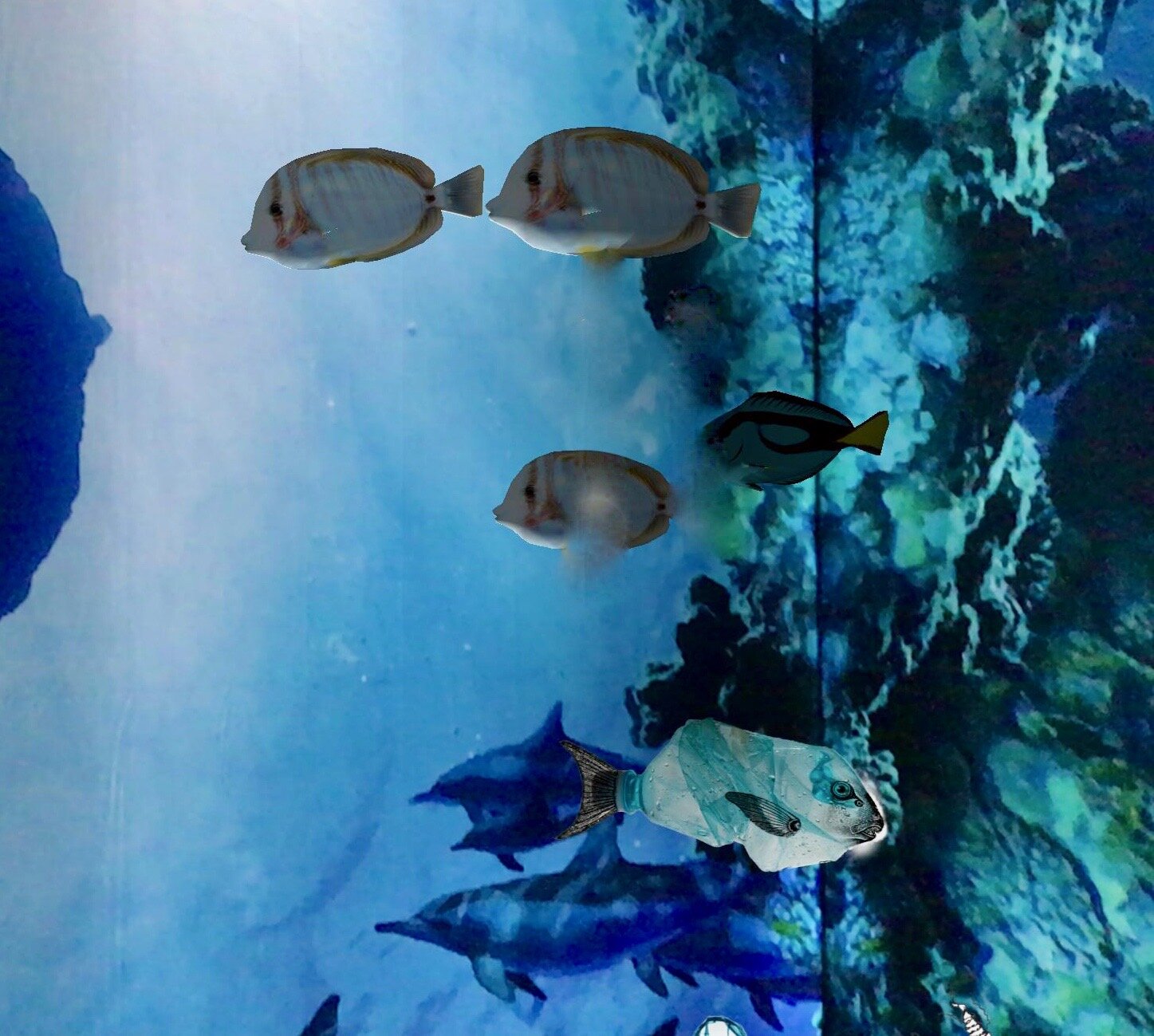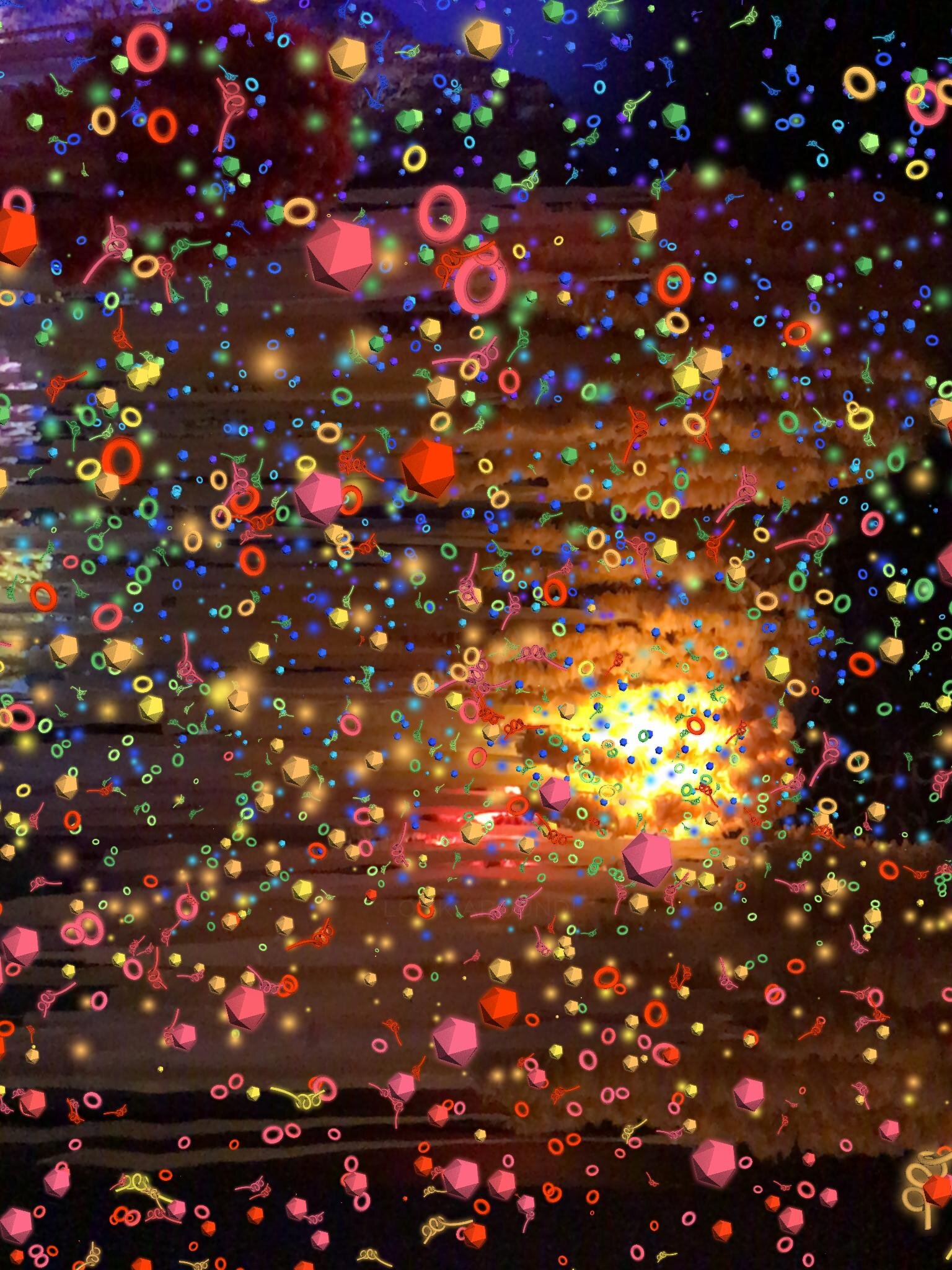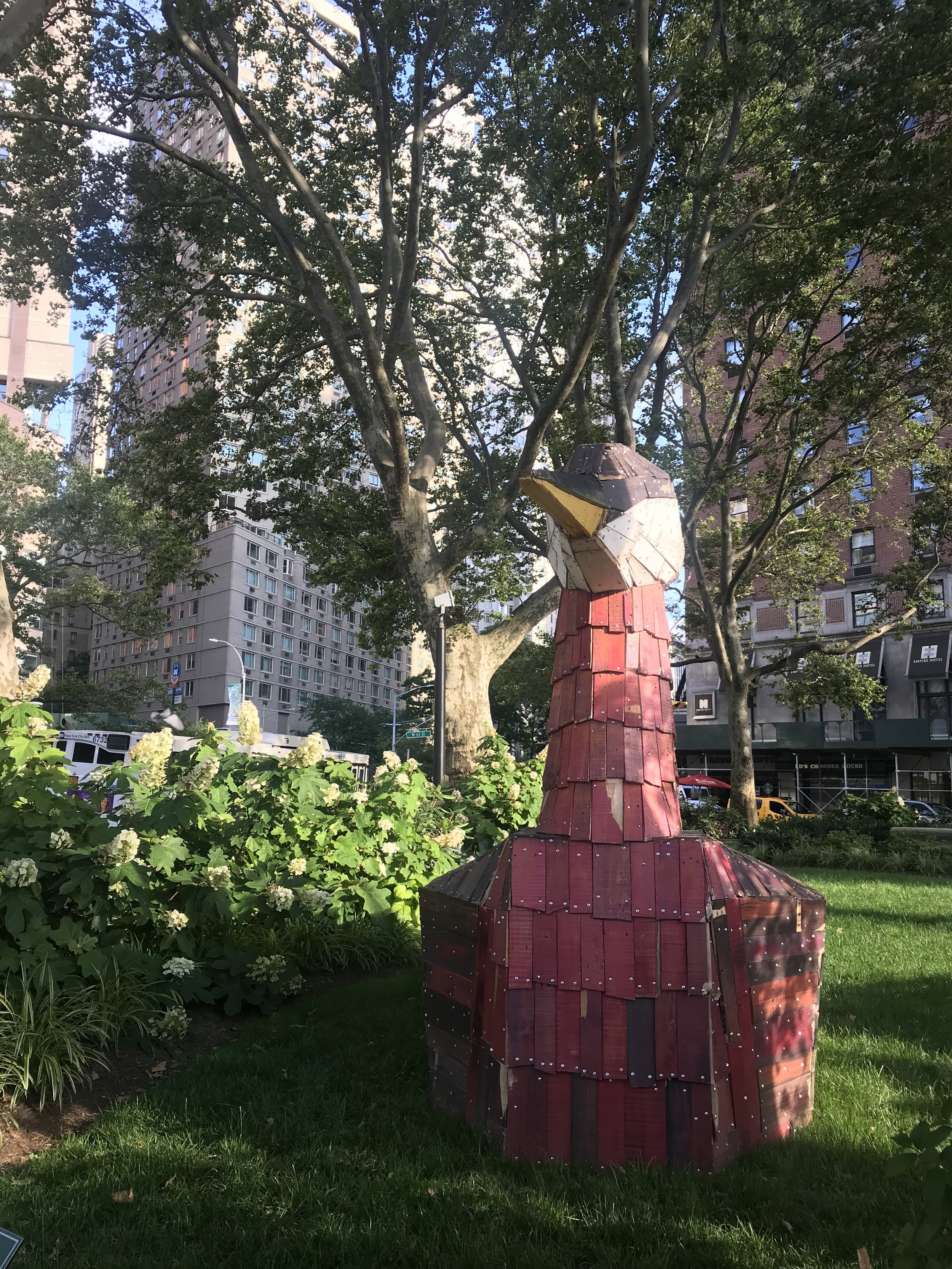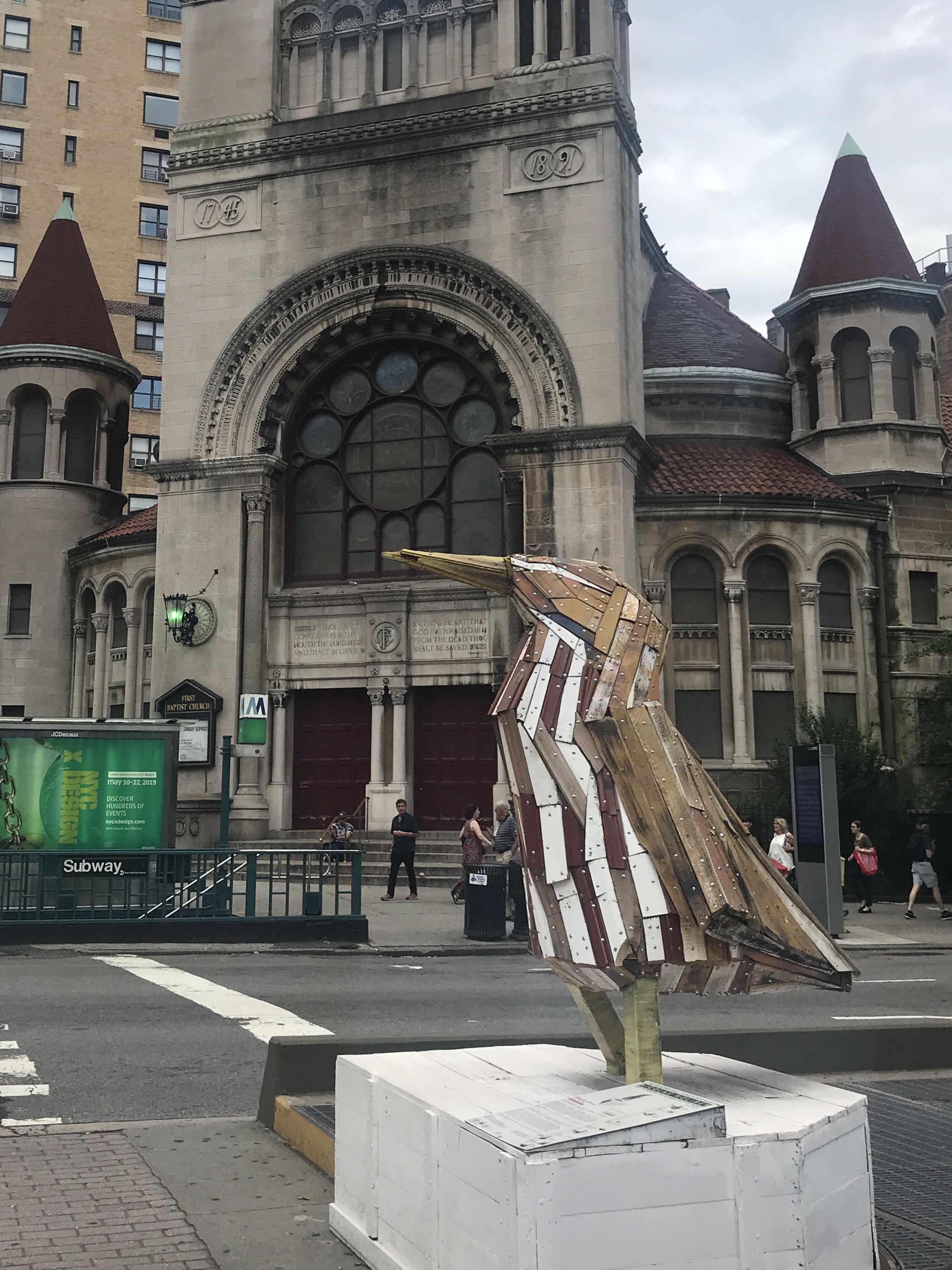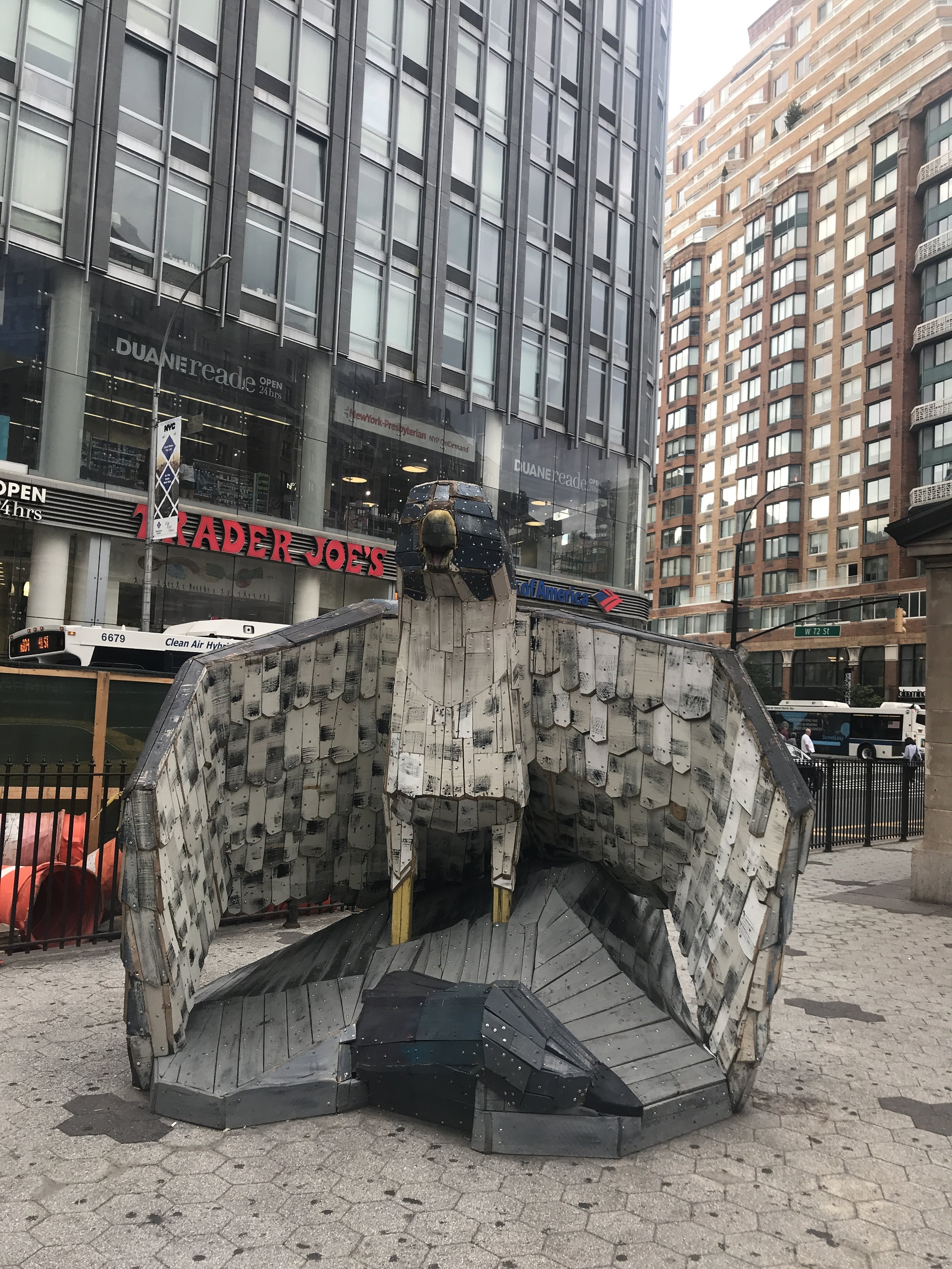The US government is assisting a new kind of refugee—this time from within our own borders. Residents of Louisiana’s Isle de Jean Charles, which has seen extensive flooding and erosion by hurricanes and extreme weather as well as damage by oil and logging industries, are recipients of a grant by the Department of Housing and Urban Development (HUD) to help communities respond to climate change. While HUD is also providing grants to communities to build stronger levees, dams, and drainage systems, with Isle de Jean, the agency is attempting to relocate an entire community. With the grant, the island’s residents will be resettled by 2022 to a drier community that is still to be determined. “We see this as setting a precedent for the rest of the country, the rest of the world,” Marion McFadden, who is overseeing the HUD program, tells the New York Times.
The resettlement program, which is completely voluntary, is not without difficulty. There are not only logistical and practical issues but also personal and moral dilemmas. “We’re going to lose all our heritage, all our culture,” Chief Albert Naquin of the Biloxi-Chitimacha-Choctaw, one of the island’s tribes, says to the New York Times. “It’s all going to be history.” Hilton Chaisson, who raised ten sons on the island and wants his twenty-six grandchildren to also have the option to stay, concedes the flooding is getting worse, but says they always find a way. “I’ve lived my whole life here, and I’m going to die here,” he says.
The New York Times explains the history of the island:
For over a century, the American Indians on the island fished, hunted, trapped and farmed among the lush banana and pecan trees that once spread out for acres. But since 1955, more than 90 percent of the island’s original land mass has washed away. Channels cut by loggers and oil companies eroded much of the island, and decades of flood control efforts have kept once free-flowing rivers from replenishing the wetlands’ sediments. Some of the island was swept away by hurricanes…Already, the homes and trailers bear the mildewed, rusting scars of increasing floods. The fruit trees are mostly gone or dying thanks to saltwater in the soil. Few animals are left to hunt or trap.
With raising sea levels, stronger storms, increased flooding, hasher droughts, and decreased freshwater supplies, governments around the world are dealing with climate change that could potentially displace 50 million to 200 million from their homes. Climatologist say that Syria's drought, exacerbated by climate change, destroyed crops, killed livestock, and displaced as many as 1.5 million Syrian farmers, and contributed to the social turmoil that led to the country’s devastating civil war, which created even more refugees. Climatologists believe the same could happen in other parts of the Middle East, the Mediterranean, and other parts of the world. Climate change is already affecting islands in the Pacific Ocean, where some islands and its residents are dealing with rising sea levels.
“The changes are underway and they are very rapid,” US Interior Secretary Sally Jewell says in a speech. “We will have climate refugees.” Walter Kaelin, the head of the Nansen Initiative, a research organization working with the United Nations to address extreme-weather displacement, tells the New York Times that planning ahead is essential. “You don’t want to wait until people have lost their homes, until they flee and become refugees,” he says. “The idea is to plan ahead and provide people with some measure of choice.”
This is exactly what HUD officials are hoping to do with the climate refugees of Isle de Jean. While there are those who don’t wish to move, some of the island’s residents are eager to relocate. Violet Handon Parfait lives with her husband and two children in a small trailer behind the remains of their house, destroyed by Hurricane Gustav in 2008. Floods ruined their stove and family computer, and Parfait, who has lupus, tells the New York Times she is concerned about access to doctors if the bridge connecting them to the mainland floods. She also hopes her two children are able to attend college, but they often miss their school when the flooding prevents the bus from picking them up. “I just want to get out of here,” she says.
